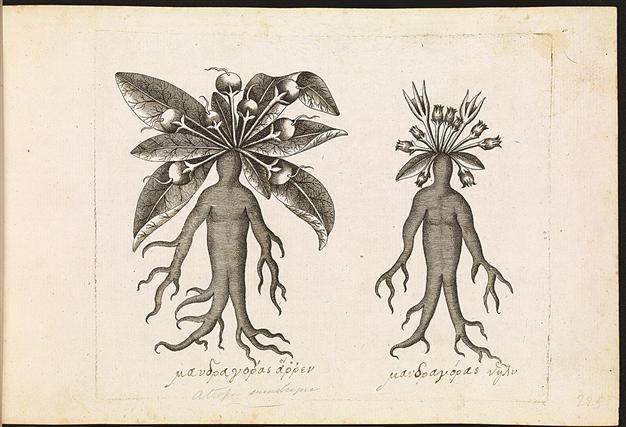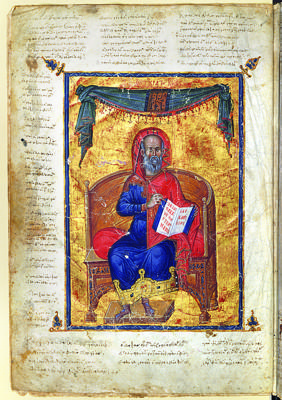Exploring Byzantine era medical methods
ISTANBUL
 The Suna and İnan Kıraç Foundation Pera Museum presents the exhibition “Life Is Short, Art Long: The Art of Healing in Byzantium,” which takes its name from the famous aphorism by Hippocrates and examines the art and practice of healing in Byzantium from Greco-Roman times to the late Byzantine period.
The Suna and İnan Kıraç Foundation Pera Museum presents the exhibition “Life Is Short, Art Long: The Art of Healing in Byzantium,” which takes its name from the famous aphorism by Hippocrates and examines the art and practice of healing in Byzantium from Greco-Roman times to the late Byzantine period. Curated by Dr. Brigitte Pitarakis, the exhibition examines faith, magic and rational medicine as methods of healing. It traces the “art of healing” from the foundations laid by Apollo and Asklepios, healers of antiquity, and Hippocrates and Dioscorides, the founders of rational medicine, and also examines the roles of the physician saints. Among the other topics covered and objects on display are icons, reliquaries and amulets, marble carvings, medical equipment, plants and herbs, medical and botanical manuscripts and the centers of healing and miracles in Istanbul.
Health has always been a central concern of humankind. Examining a civilization from the perspective of its approach to the body, in sickness and in health, leads one into the depths of its identity. This process can also open the door to our own self-knowledge.
 The exhibition offers a glimpse of Byzantine civilization and society through the three traditional methods of healing practiced side-by-side: faith, magic and medicine. It illustrates the influence of Byzantium’s ancient cultural heritage on religious and rational thought as well as contemporary scientific developments and innovations from around the Mediterranean. The Byzantines’ central role in the transmission of the art of healing to future generations is also highlighted.
The exhibition offers a glimpse of Byzantine civilization and society through the three traditional methods of healing practiced side-by-side: faith, magic and medicine. It illustrates the influence of Byzantium’s ancient cultural heritage on religious and rational thought as well as contemporary scientific developments and innovations from around the Mediterranean. The Byzantines’ central role in the transmission of the art of healing to future generations is also highlighted.The exhibition reveals the belief illnesses were primarily caused by demons co-existed alongside a rational understanding of health and medicine based on the teachings of Hippocrates. The “art of healing” was practiced by physicians, saints and magicians and involved practices ranging from surgery to daily cleansing of the body, and the spirit to exorcism and the veneration of saints.
The works offering insight into Istanbul’s Byzantine past have been loaned from the Istanbul Archaeological Museum, the Istanbul Greek Patriarch, the library of the Holy Trinity Monastery of Halki (Heybeliada), the Foundation of the Yeniköy Greek Orthodox Church of Panayia and School, the Rezan Has Museum, the Bibliothèque nationale de France, the Bodleian Libraries of the University of Oxford, Oxford University, Herbarium and the Benaki Museum in Athens, the Kastoria Byzantine Museum and private collections.
On March 14 at 9:30 a.m. a symposium will also be held at Pera Museum in the context of the exhibition, which will continue through April 26. Experts from the U.S., Italy, France, Greece, England and Turkey will attend the two-round symposium. Admission is free.
















